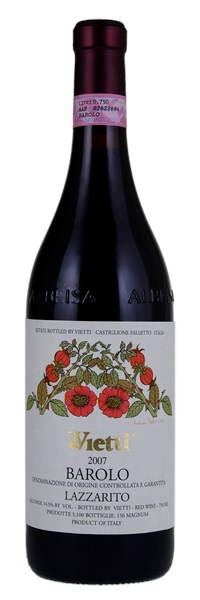Light capsule condition issue; light label condition issue
Removed from a subterranean, temperature and humidity controlled residential cellar; Obtained by inheritance; Consignor is second owner
Light label condition issue
Removed from a subterranean, temperature and humidity controlled residential cellar; Purchased upon release; Consignor is original owner

Image above is an example. To view the image of the lot, click the item number.
Estimate
...superb, plush wine loaded with dark fruit, flowers of all sorts, sweet menthol and minerals, all of which flow through to the long, powerful finish. The wine's inner perfume emerges over time, adding even more nuance and subtlety...
A round red, featuring cherry, plum, tobacco and iron notes that find ample support from the dense tannins. Beefy and muscular on the finish, this is a shade more austere than some of its peers.
Spicy aromas and flavors of musky minerals, dried flowers and black pepper. Much more backward and austere than the Rocche, but with a classic dryness and superb precision. A bit like a Rhone wine in nebbiolo clothing.